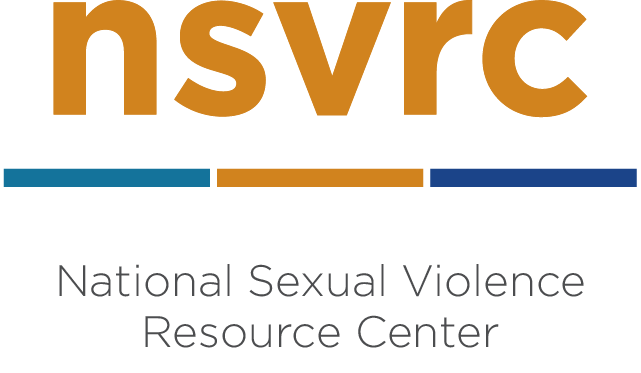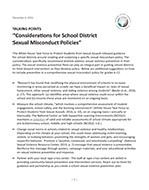Virtual Adaptation Guidance for Sexual Violence Prevention Curriculum and Interventions
The COVID-19 pandemic deeply impacted and continues to impact our communities. In order to meet the needs of the changing landscape of learning, many curricula and interventions have provided virtual adaptation guidance and resources to their implementers. In addition to consulting the guidance below, implementers are encouraged to contact their funder and use guidance outlined by the CDC's Veto Violence Select, Adapt, Evaluate tool.

 In September 2016, the White House Task Force to Protect Students from Sexual Assault released
In September 2016, the White House Task Force to Protect Students from Sexual Assault released